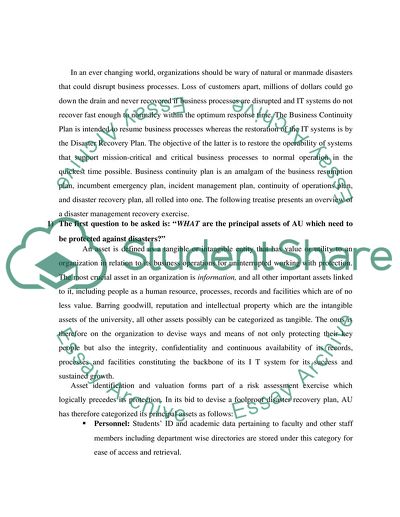Cite this document
(“Disaster Recovery Plan (Information Systems) Term Paper”, n.d.)
Retrieved de https://studentshare.org/miscellaneous/1585792-disaster-recovery-plan-information-systems
Retrieved de https://studentshare.org/miscellaneous/1585792-disaster-recovery-plan-information-systems
(Disaster Recovery Plan (Information Systems) Term Paper)
https://studentshare.org/miscellaneous/1585792-disaster-recovery-plan-information-systems.
https://studentshare.org/miscellaneous/1585792-disaster-recovery-plan-information-systems.
“Disaster Recovery Plan (Information Systems) Term Paper”, n.d. https://studentshare.org/miscellaneous/1585792-disaster-recovery-plan-information-systems.


